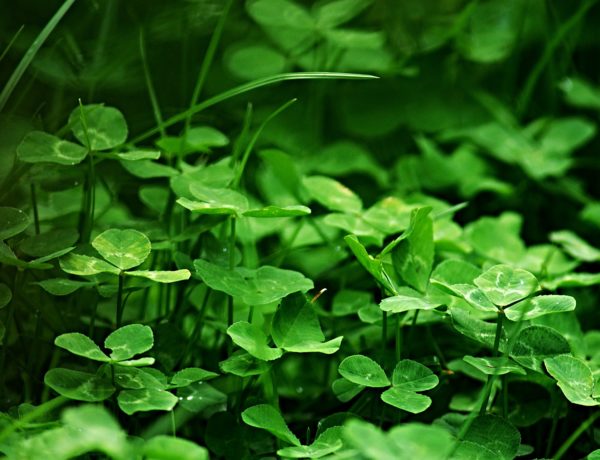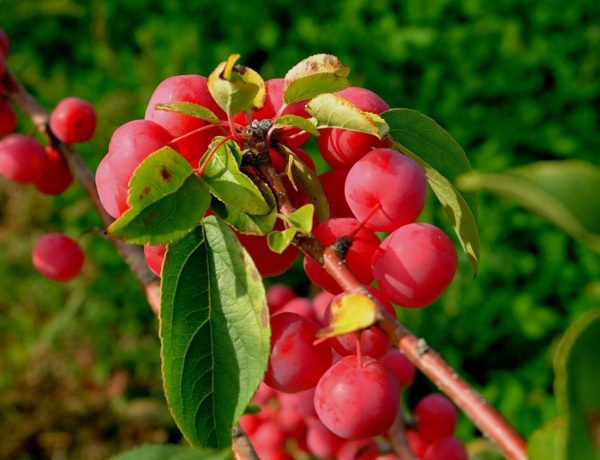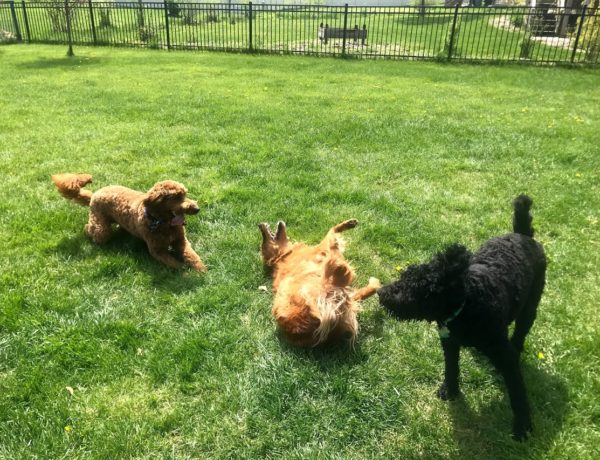If you want low-maintenance, sustainable landscaping, your ultimate goal should be to try to create an ecosystem. Nature is the ultimate low-maintenance gardener. In natural ecosystems, humans are not needed to keep things alive (regardless of what some humans think). Nature knows everything, and all we need to do to learn is observe. ABS — Always Be Observing!
An ecosystem, according to the dictionary, is a system or group of interconnected elements formed by the interaction of a community of organisms with their environment. “Interaction,” “community,” “interconnected.” An ecosystem is about connections. It’s about everything working together within the constraints of the community.
An ecosystem works like a team
When you build a garden to form an ecosystem, it helps to think of everything working together as a team. Just like the adage that there is no “I” in team, it won’t do to select individual elements and place them without any thought toward its function in regards to the other plants. If you want a team to be successful, you need members that fulfill all the roles needed to get the job done. If you are an HR manager, you don’t necessarily spend your day browsing LinkedIn for people you want to hire and then just find a spot for them in the organization. First you understand that you need a position filled, then you look through resumes that fit that position.
This isn’t to say you can’t get an apple tree just because you like apples. It’s just an example to emphasize that you want to consider its place in the ecosystem you’re planting. This is why an orchard which consists of only apple trees and mowed grass requires a lot of inputs from humans.
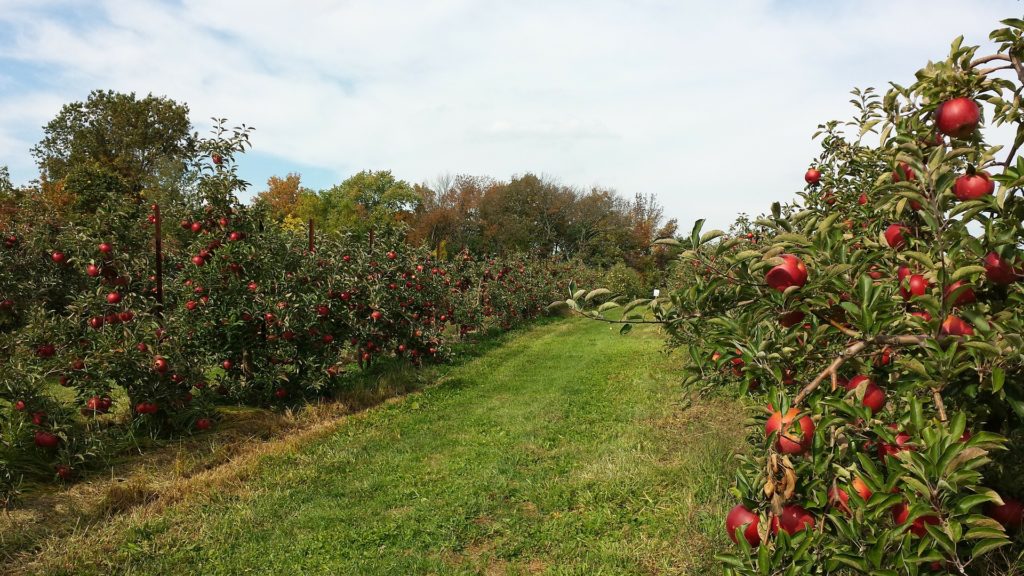
Stacking functions
Long ago I worked at a restaurant that was very free-flowing. Most of the employees did everything (cook, clean, serve, bartend, cater, prep work). Every shift, servers worked together to select which sections we wanted. We helped each other out when one got too busy, taking over some tables, helping with bussing tables, or delivering food for other servers’ tables. We knew it served everyone to make sure the whole ship operates well, even if we didn’t see the tips from all of our work.
In addition, when it was time to do prep work or cleaning, we always seamlessly got everything done. We never assigned certain jobs to certain people ahead of time; no one really had preferred jobs that they always did; we didn’t even discuss our plan. Everyone always just did a task whenever they had spare time, and somehow everything was completed by the end of the night.
We were a well-functioning ecosystem (usually) at that restaurant. All the roles were filled, and people who didn’t help to fill those roles didn’t stay in our ecosystem. This free-flowing setup exemplifies the flow of a complex ecosystem. In a highly structured and divided organization, where each employee has very specific jobs things like creativity, cohesiveness, and balance suffer. Just like at the restaurant, organisms in an ecosystem all have many roles.
For example, milkweed is edible and medicinal, attracts beneficial insects, attracts and feeds pollinators, feeds soil life, penetrates hard soil, hosts specific larvae we want to encourage (monarch), adds carbon to the soil, and provides two kinds of fiber and dye. There will be other organisms in the same ecosystem that also perform one or many of these same functions, and they take over for each other, filling in when necessary. It is flexible, ever-changing, and resilient. In permaculture we call this stacking functions — every element performs more than one function.
The succession dimension
Ecosystems have many roles, but they also fill those roles in all different dimensions. One example is how they fill roles throughout succession. In the event of disturbance, bare soil is first colonized by pioneer plants (the plants we usually consider weeds). That’s their job – to cover bare soil. The pioneer plants stabilize the soil, improve the structure, retain moisture, mine for nutrients, feed the soil organisms, and add organic matter as they die off. Once the pioneer plants have improved the soil enough, the next round of plants will come in – taller and longer-living plants. Succession continues like this until a tall, thick, and varied forest is in place.
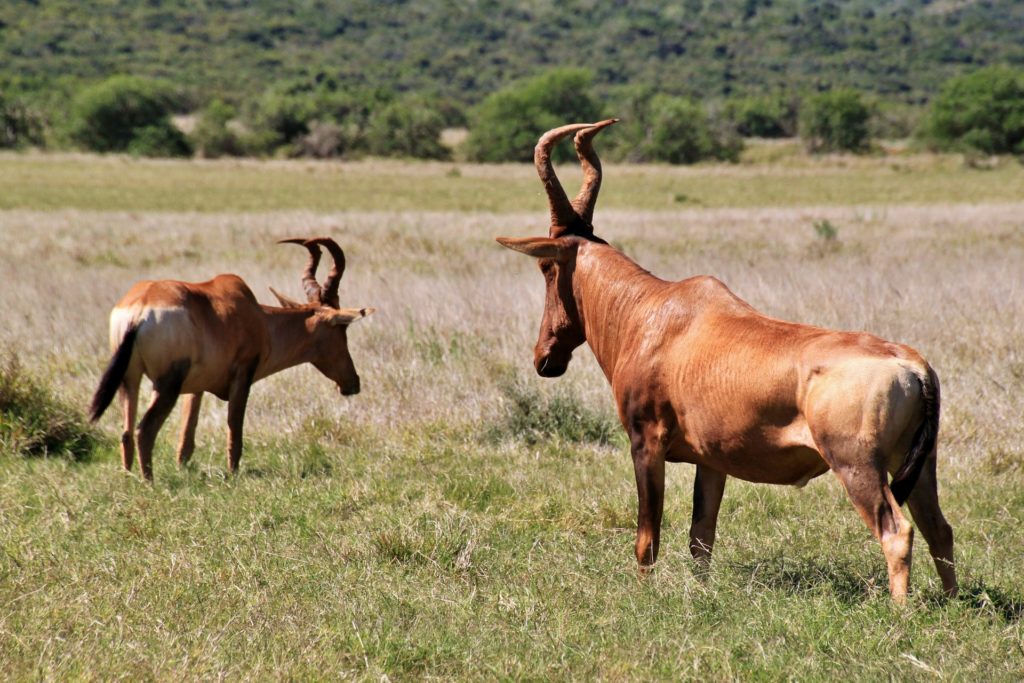
Some ecologists consider that to be the climax. Others maintain that there is no climax. Even if the whole forest is not burned by a wildfire or logged by humans, disturbances will continue to happen within the forest. A tree will be struck by lightning, felled by a beaver, or simply die from disease or old age; and in that spot, light will spill in and sun-loving annuals will colonize the area.
The same things will happen in your landscape. If a tree or shrub dies, embrace the moment. All things die, and it creates room for new life. Just start the succession over again. It’s good to think about natural succession when plants come in that we have been conditioned to hate and also when we are stacking layers and utilizing space as much as possible. As your garden matures, the plants within it will evolve. As trees grow larger and cast more shade, you will need to add shade-loving plants like hostas, wild ginger, and Virginia waterleaf under their most persistent shadows. Plenty of productivity can still be had in the shade of large trees.
Some other dimensions in ecosystem roles
Aside from succession (the dimension of long-term time), let’s look at some of the other dimensions organisms in an ecosystem fill.
Within the current plant/animal community
Examples: plants that stabilize the soil, plants that add tons of organic matter, plants that can penetrate hardpan soil, plants that fix nitrogen, etc.
Throughout time within the current community
Examples: plants that bloom early in the spring before other plants grow and shade them out, plants that flower at different times throughout the growing season, trees that fruit at different times, etc.
Physical space
Examples: canopy, subcanopy, vine, shrub, herbaceous, root, ground cover.
Food web
Different species all consume specific species and it all balances out so that nothing goes hungry and everything is used. Ecosystems contain an immense amount of biodiversity, and it is self-balancing. If a role needs to be filled, something arrives to fill it. If too much of something exists for a balanced ecosystem, it will reduce in numbers (because there is not enough food for it, or because it gets shaded out through succession, for example).
Ecosystems are so complex, that we can’t really plan them. Only nature can truly succeed at creating a fully-functioning ecosystem. However we can start by trying to mimic an ecosystem in our landscape and then allowing nature to start filling in some of the roles we’ve missed. That means if nature brings dandelions, for example, let them stay. They are filling a role that you haven’t filled yet. Any plant or animal that nature brings that isn’t invasive, you should really consider leaving. Nature knows what she is doing! If you really let her do her thing, you will be immensely rewarded with extremely easy and productive landscaping.

